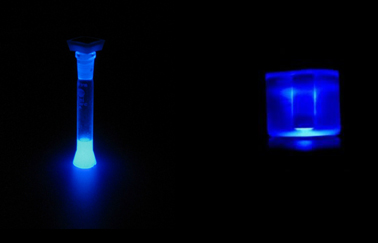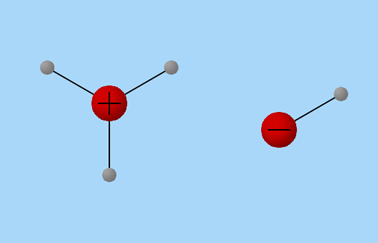Luminol

Some Information about luminol
IUPAC name: 5-amino-2,3-dihydro-1,4-phtalazinedione
Molar mass:
177,16 g/mol
Melting point:
319 – 320 °C

Some Information about luminol
IUPAC name: 5-amino-2,3-dihydro-1,4-phtalazinedione
Molar mass:
177,16 g/mol
Melting point:
319 – 320 °C

An acidic solution is any aqueous solution which has a pH< 7.0 ([H+] > 1.0 x 10-7 M). A basic solution is an aqueous solution containing more OH-ions than H+ions. An aqueous solution with a pH greater than 7.

Definition: The molar heat of neutralizing represents the quantity of heat given up when a mole of a hydronium ion interacts with a mole of hydroxyl ion in a diluted solution.

LEARNING OBJECTIVES
? to define a chemical change
? to recognize a chemical change and distinguish it from a physical one
? to read a chemical equation
? to write chemical equations
? to balance chemical equations
? to classify chemical reactions
? to write formation and combustion reactions for given compounds.
? to recognize the limitant reactant
? to make stoichiometric calculations:
from mass to moles, from moles to mass,
yield, masses needed for complete reactions (from a given quantity of a reactant)

The software related w?th the Chem?stry formulas ?s used to re?nforce the top?c. The formulas related w?th the chem?stry are matched w?th the?r names.

Acetylsalicylic acid, also known as aspirin, is an acetyl derivate of salicylic acid, which is a weak white and crystalline acidic substance, that has a melting point of 135-137oC.